Having recently completed a review of the LOMO daylight developing tank, I was drawn to think more about what for me has simply become part of the furniture for my processing regime: The Paterson Developing tank.
I grew up on the original System 4 tanks of the 1970s with their screw-on lids and leaks that left my hands smelling of fixer and put me off inversion development. As the number in the name suggests, there was a history of development and a few years ago I got hold of a fairly ancient squat little Paterson tank. The profile of the LOMO tank reminded me of it.
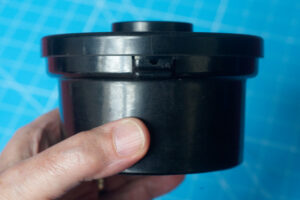
Paterson Tank ’35’
The old Paterson tank I have is their original design and dates from the early 1950s. It consists of four parts, formed from a heavy, brittle dark plastic that is almost Bakalite, but is possibly a step or two on from it. It certainly doesn’t feel like modern plastics.
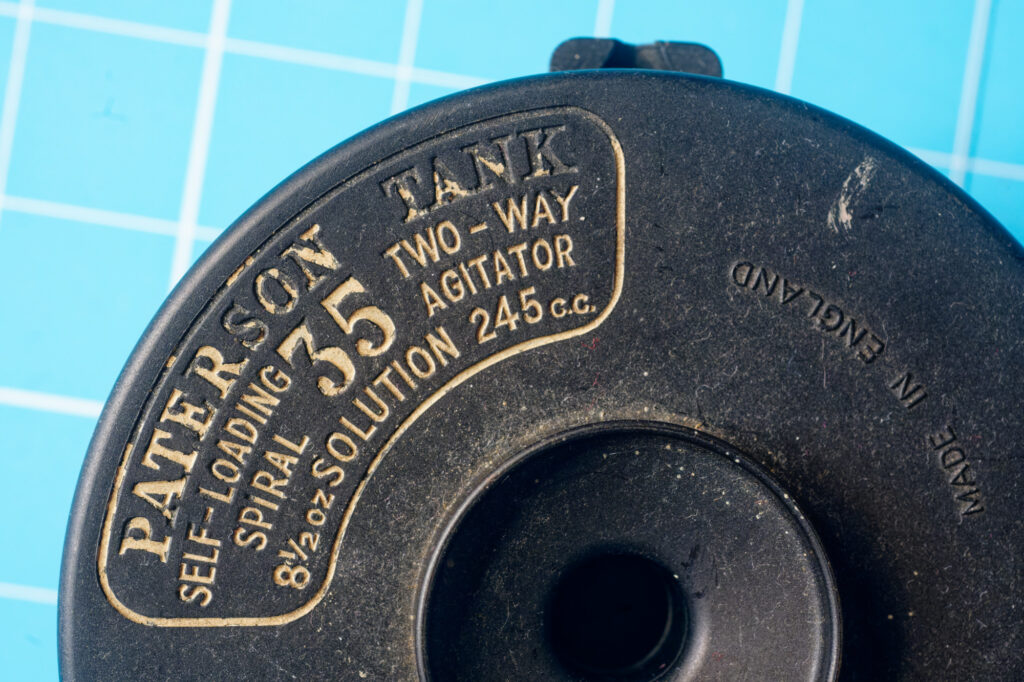
The lid simply pushes onto the main tank. Chemicals are added via a hole in the centre of the lid and exit through a tiny spout on the side. It looks like a ‘two way agitator’ was originally included: like all agitators, this seems to have gone walkabout over the years, so I substituted a ball-point pen sleeve with a rubber grip that was big enough to grip the centre of the spiral.
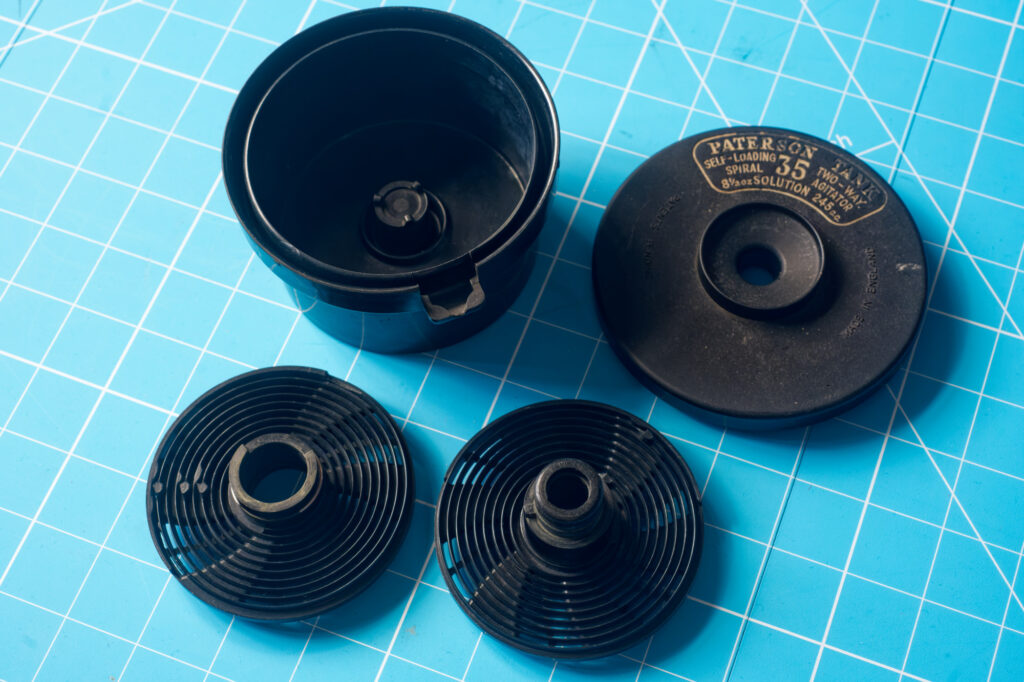
The spiral itself is in dark plastic. The two halves socket together, held by a bit of sprung steel (still shiny after all these years). It only caters for 35mm film, as the reel relies on little ‘fangs’ gripping the sprockets to load the film as you twist the two halves together. Because of this, it might do better with 135 than 126.
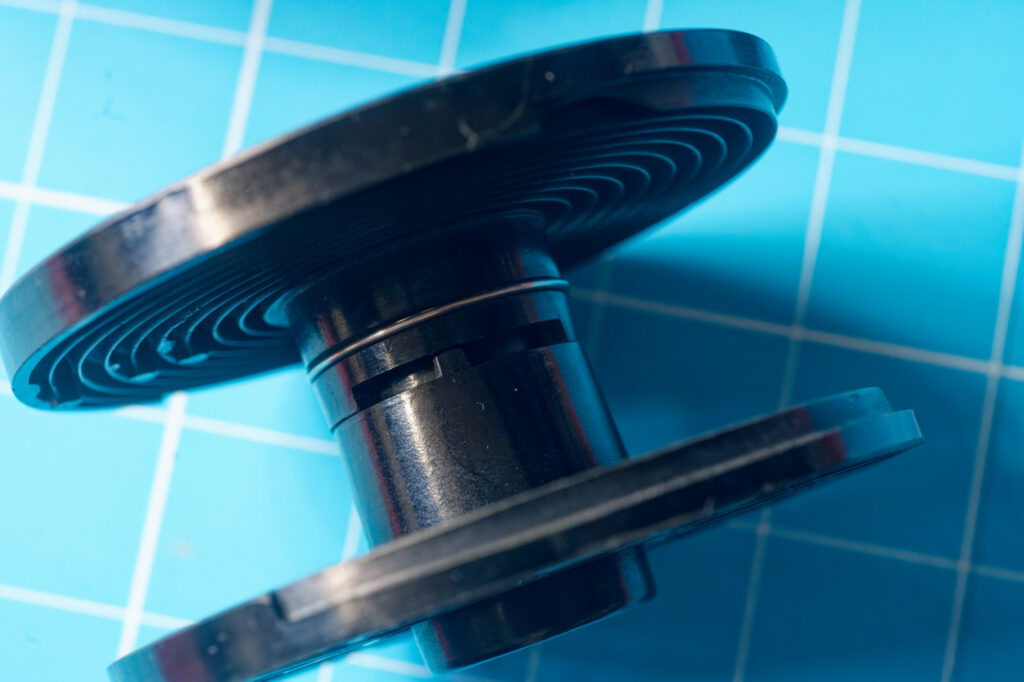
The particular spiral I have has a chip on one of the slots, so I needed to be careful to ease the film past that as I was loading, but the film went in surprisingly easily.
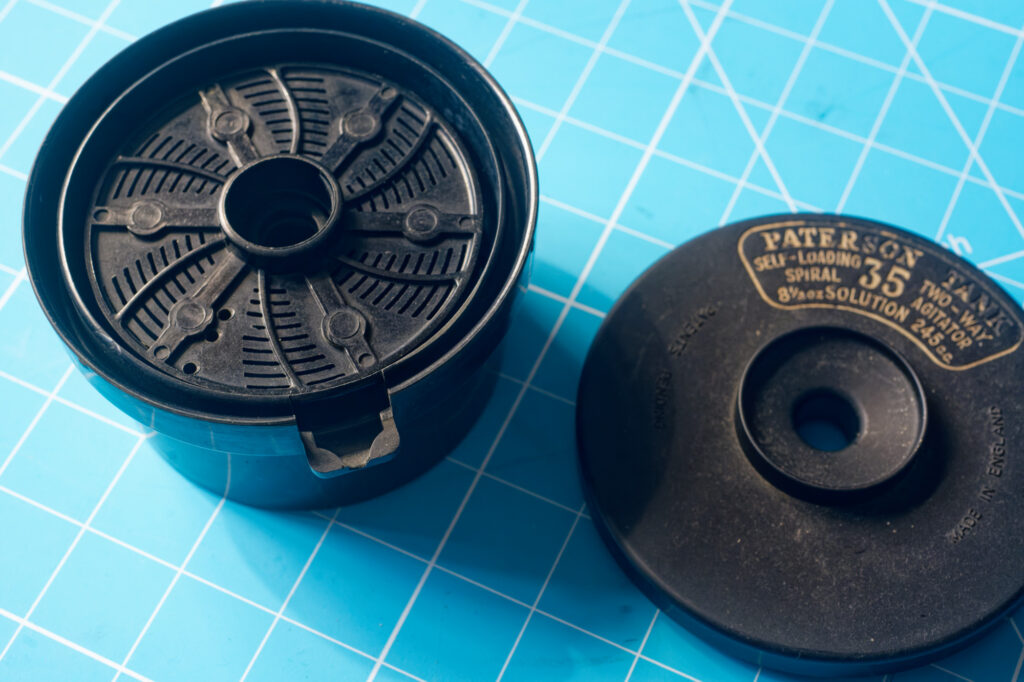
Once the lid was closed, I simply poured in chemicals, agitated for the appropriate time and poured them out again. At the end of the developing process, I got a decent negative. There was some slight evidence of light leaks, but I’d made the mistake of using a film from an old Super Frankarette that I’d last used years ago, so I can’t say for certain if the leaks were down to the camera or the tank (I broke rule 1 in testing – only have one variable).
The tiny spout made emptying the tank slower than was strictly necessary, but other than that, it worked.
Other Paterson tanks of yesteryear
As well as the ‘35’ Paterson also made a ‘Major’ tank for roll-film that was capable of loading 120, 127 or 116 film. It used ball bearings to grip the film and ease it onto the spiral.
In the mid 50s Paterson introduced a Universal tank with an adjustable spiral that could take roll film or 135. By the 1968 they had gone through ‘System 3’ and introduced the ‘System 4’ tanks that I remembered from the dark room at school. System 4 introduced the familiar opaque white nylon spirals that we are familiar with today.
Paterson Super System 4
Before I used the old Paterson tank, I found myself wondering why I hadn’t used it before. Afterwards, I found myself wondering why I would ever want to use it again – the reason: The Paterson Super System 4 tank.
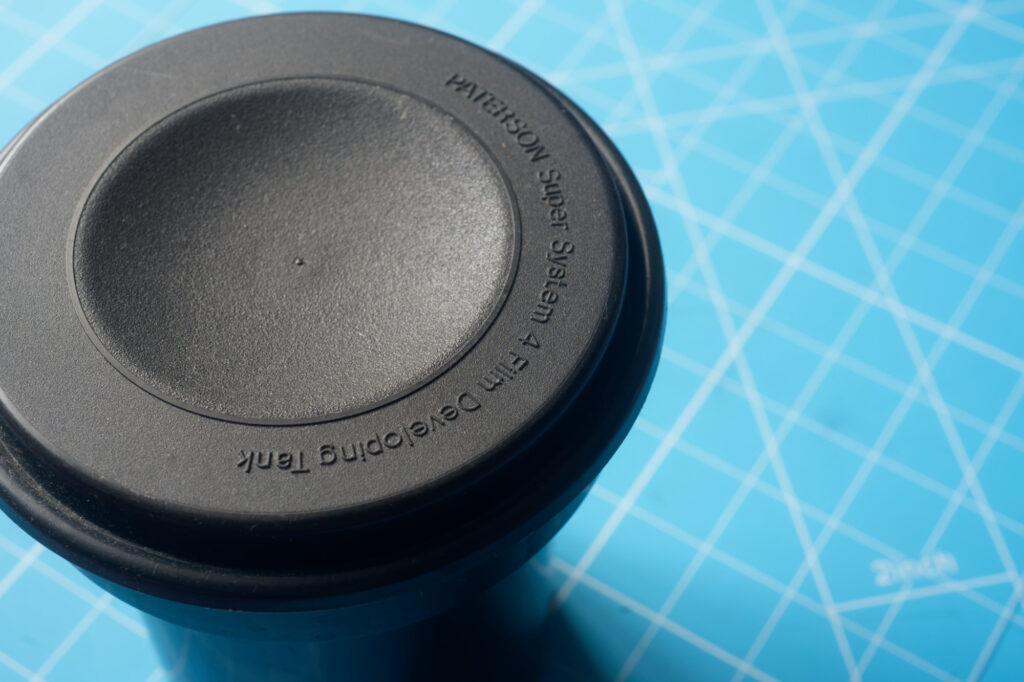
The Paterson Super System 4 tank uses the same familiar reels introduced in 1968. They adjust to take films from 120/220 to 135. Over the years, it they had detail changes that make it more difficult to put them together in the wrong orientation (as a kid, if it was possible to put together wrong, then I’d manage it). The spirals are very adaptable – I’ve cut down versions to process APS and 16mm film.
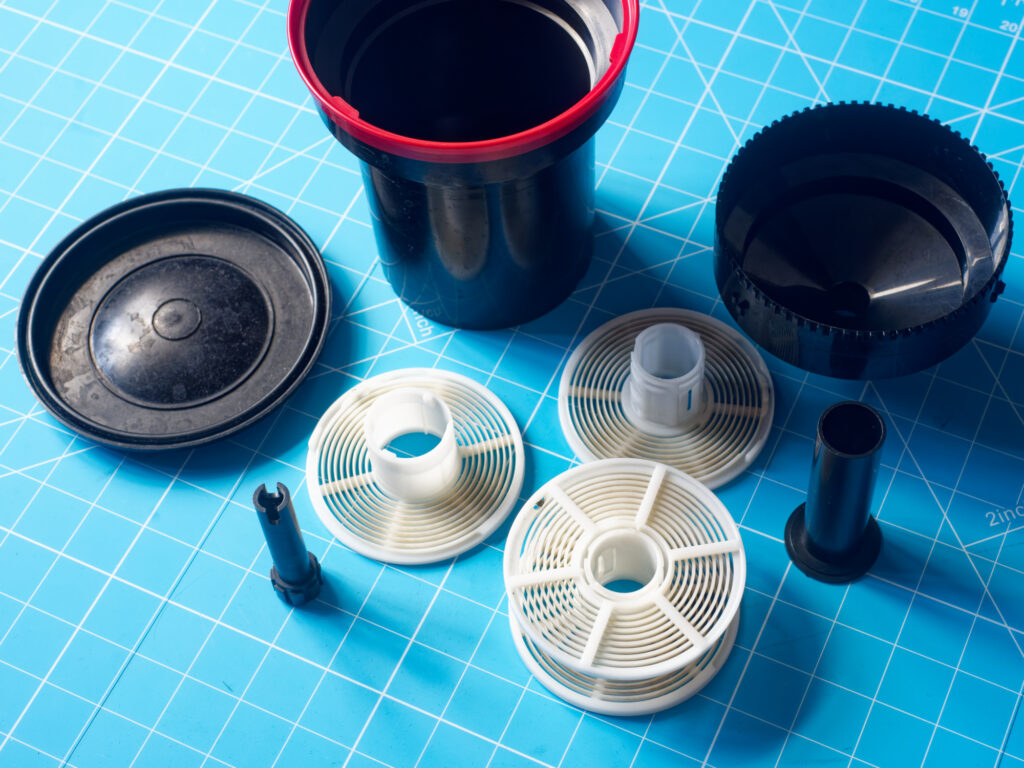
Where the ‘Super’ adds to the tank I grew up with is in the tank body itself. The ‘Super’ version of the tank doesn’t rely on clips on the centre column to hold the reels in place, as the centre column is a very snug fit. A single reel only requires 290 ml of chemicals. The combined lid-funnel bayonets on to the main body providing a secure and light tight seal. For those not put off inversion agitation by the previous generation of tanks, a rubberised cap fits over the whole thing to keep fluids in if the tank is held upside-down. The tank also comes with an agitator (which traditionally is the first thing to be misplaced).
The Super System 4 tank comes in capacities to take from 2 to 5 spirals. It goes together easily, it keeps out light reliably, it fills rapidly and it empties quickly.

This same tank design has been around since the early 1980s. Its longevity isn’t just down the the advent of digital (the tank was already a 20-year old design by then). This is a very well designed bit of kit with few detractions.
Competition
In effect, any other product is going to have to offer extra degrees of automation and by being frugal with chemicals (JoBo) or cutting out the dark-bag (like the LOMO tank and Lab-Box). Any attempt to ‘build a better mousetrap’ is constrained by the existence of the Patterson tank, which is cheap and highly effective.
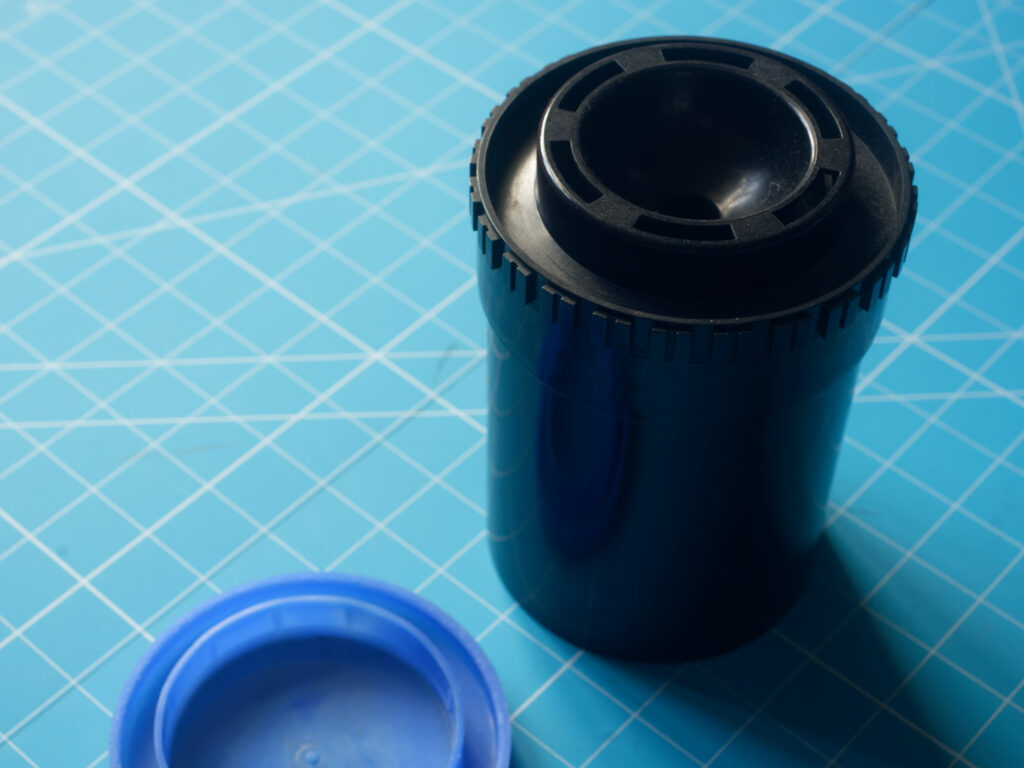
I have a cheap Kaiser tank and tend to use it when my Paterson Super System 4 tank is drying. It is effective, but I always feel I’m using second best.
Although under new ownership these days, Paterson make and sell their tanks to this day from their factory in Tipton – you can see the full range of their kit here
Share this post:
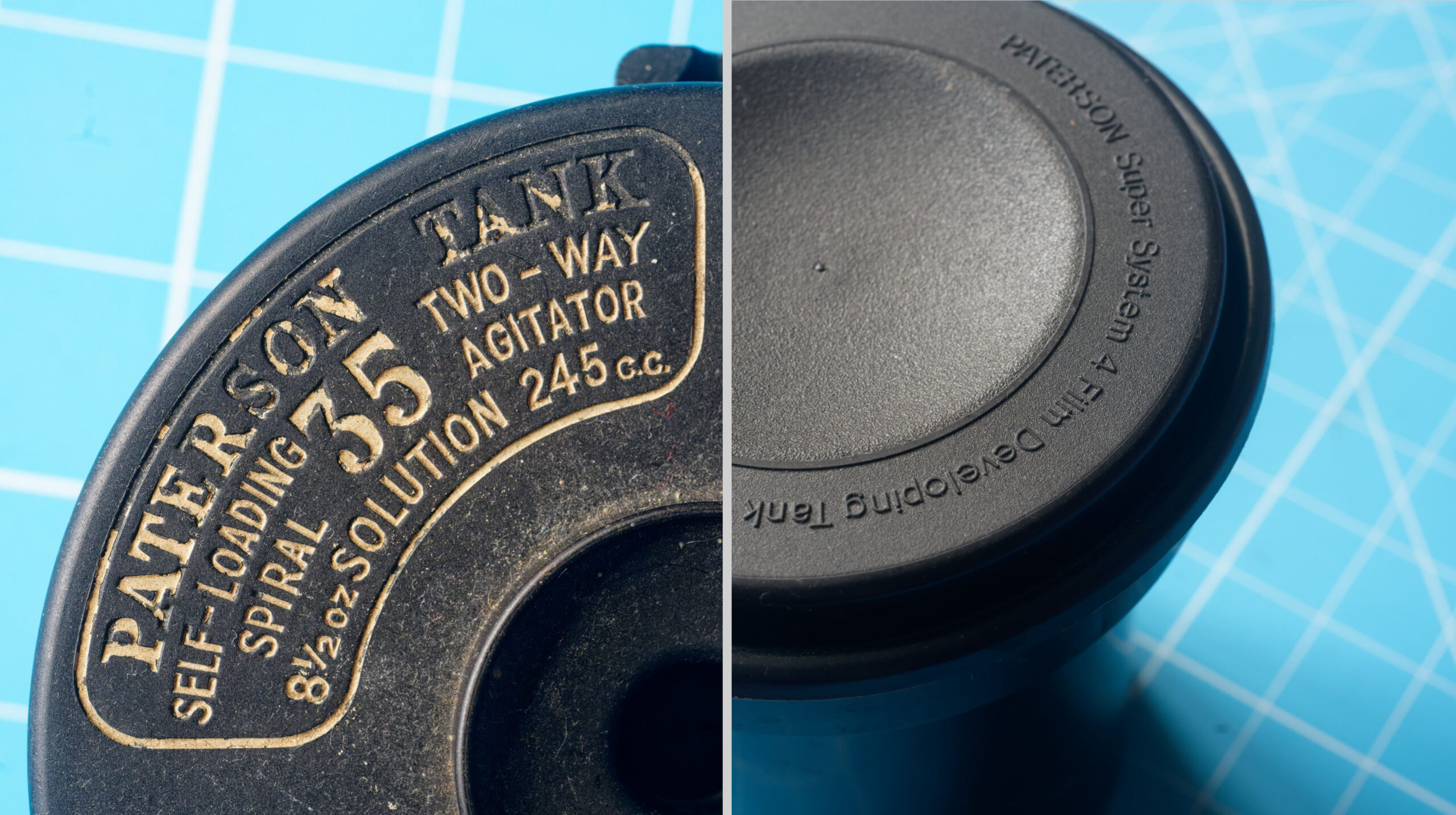
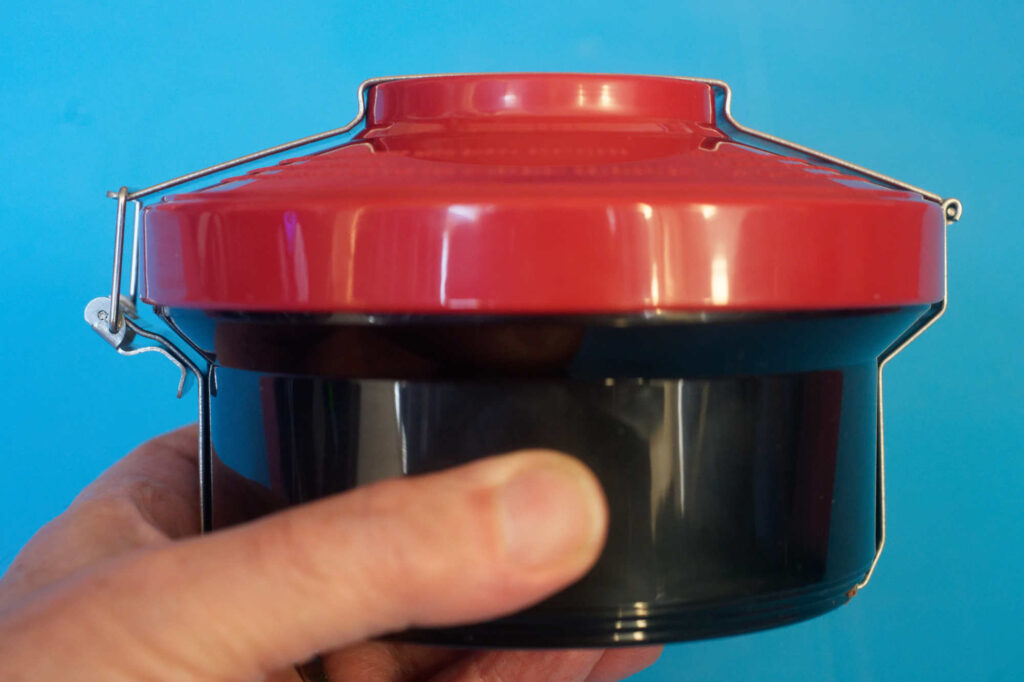
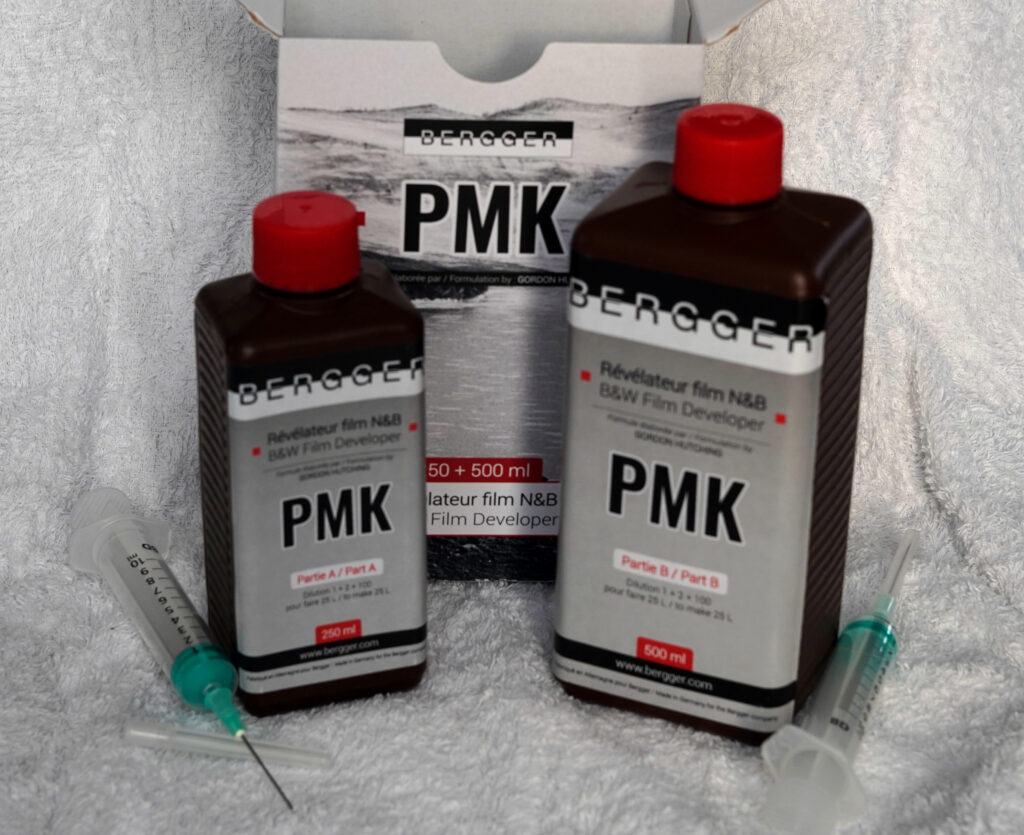
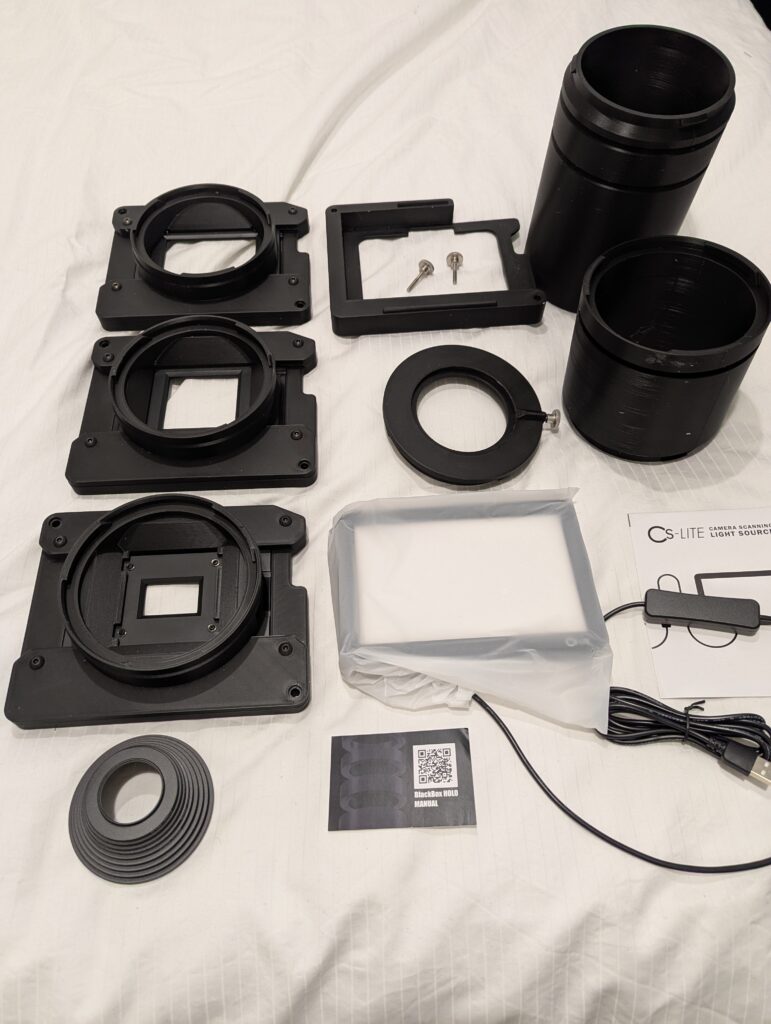
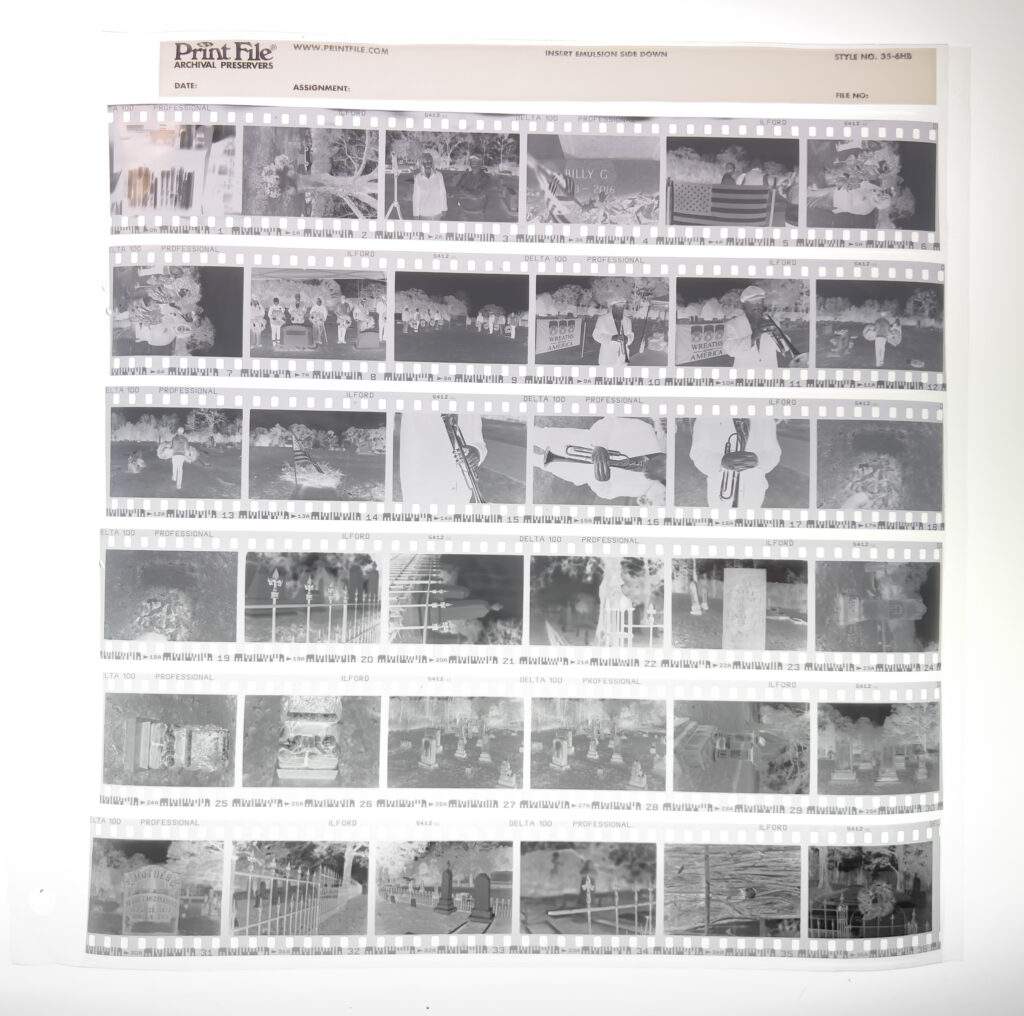




Comments
John Bennett on Paterson, old and new – A Tale of Two Tanks
Comment posted: 21/05/2025
https://www.bhphotovideo.com/c/product/122937-REG/Omega_455032_Universal_Adjustable_Multi_format_Reel.html
James-T on Paterson, old and new – A Tale of Two Tanks
Comment posted: 21/05/2025
I find that particularly the Major is much less likely to snag while loading than the modern Patterson and AP reels that I have so these are my main tanks. I wouldn't recommend them for short developing times (such as C41), but other than that I prefer them to the modern tanks, BTW I would recommend looking out for an agitator as it also serves as a funnel for filling, fortunately both of mine have them (they are not the same).
Russ Rosener on Paterson, old and new – A Tale of Two Tanks
Comment posted: 21/05/2025
Comment posted: 21/05/2025
Gerard on Paterson, old and new – A Tale of Two Tanks
Comment posted: 21/05/2025
I started developing my own films when I was twelve, and I vividly remember those cumbersome spirals, of which the tiny ball bearing got stuck, perhaps because of the chalky water, I don't know.
This year it's 60 years ago I developed my first b&w film from my Kodak Instamatic.
Finally, there was the Swedish (?) brand Kindermann, with a spool loaded from the centre with a sort of orange lever. It changed my life. I still use it, and I am ever so grateful that my mother found one for 135 film for my birthday. Later I bought one myself for 120 roll film. What a revelation it was; I never looked back.
Zheng Li on Paterson, old and new – A Tale of Two Tanks
Comment posted: 21/05/2025
A few additional notes:
1) Make sure you replace the lid once in a while, in order to be leak proof. Also squeeze out a bit of air and create negative pressure in the tank.
2) I found most recent Paterson plastic reels have quality control issues, sometimes there are less than perfect plastic molding on the grooves that creates friction and makes long roll of film loading difficult. I have to shave off some excess plastic off the groove. Older reels have better quality.
Geoff Chaplin on Paterson, old and new – A Tale of Two Tanks
Comment posted: 21/05/2025
Excellent review and nice to see the older tanks too. Thanks.
Gary Smith on Paterson, old and new – A Tale of Two Tanks
Comment posted: 21/05/2025
It's always interesting to see how you guys across the pond do things... :-)
Comment posted: 21/05/2025